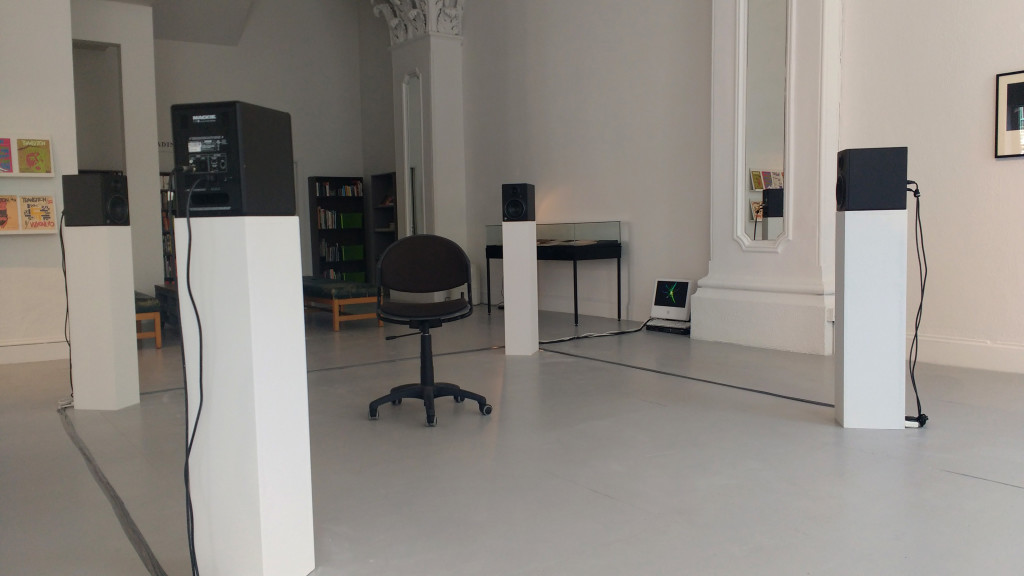As part of Ev&A, Ireland’s Biennale, Christine Eyene was commissioned to curate an exhibition at the Ormston Gallery in Limerick Ireland. She selected me to create a responsive work to a text, The Murder Machine by Patrick Pearse, an Irish philosopher, thinker, educator and writer and one of the leaders of the 1916 uprising in Ireland. I found this text fascinating and appended another to it, the 1916 Irish Proclamation of Independence. Both documents were completely unfamiliar to me, and I found it fascinating that very little of these early events in Irish history, or writings relating to them, were taught to me in school. Responding to these texts meant thinking about what it means to be a colonised nation, and then to examine post colonial concepts. What emerged from my research was an idea around different types of colonisation. In Ireland post civil war and independence the catholic church began to play its role of domination over Irish culture, politics, education, gender, sexuality and even thought control. This new form of social control engendered further suppression within society, and for women in particular, meant a colonisation of the body and equality.
This is a quad piece, spatially mixed using spectral synthesis applications on an IPad.
(To listen to stereo version of the work go to the RTE broadcast here, at 1hr:33min. in the presenter starts to discuss the work and then plays the total piece)
The work involved me talking to different women and asking them if they remembered learning these texts or what they knew about the rising, most said they knew very little, that it had little or no impact on their daily lives and that they felt that perhaps they should have known, like it was a blank spot in their history. To me, the further suppression of the equal rights and freedoms of women that occurred after the civil war and independence from Britain has in fact meant that we remained a colonised group whose identity was shaped by those who had no interest in our needs or rights. Though a lot has changed in the past twenty years there is still a great need for more change and for more women’s voices in the fight for equality within Irish society. This only occurs through accessing knowledge and understanding that the fight for our rights is not a new concept.
I worked with composer and sound technologist Tony Doyle to spatialise the piece, it was really important to create an immersive and moving sound work.
I would like to thank all of the people who contributed their voices and thoughts to the making of this work. Sheena Barrett, Fionnuala Conway, Jennie Guy, Brona Martin, Susanne Smith, Sarah O Keeffe-Nolan, Harry Moore, Scot McLaughlin, Mick O Shea, Andrew Quick, Charlie Geer, Ian Heywood, Gerald Davies and Tony Doyle. Finally a thank you to Christine Eyene for inviting me to create a work responding to the text by O Casey, it has been a wonderful learning experience.

